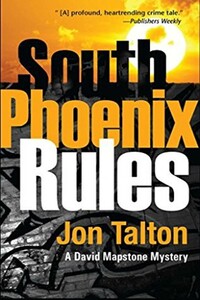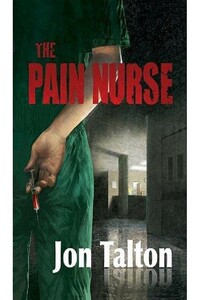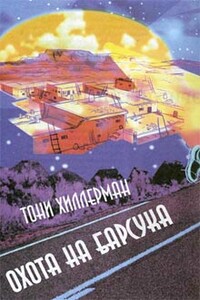Cactus Heart | страница 19
The trial transcripts and the newspaper accounts were unanimous in portraying Jack Talbott as everything that would horrify stolid Depression-era America: young, male, rootless, with a penchant for liquor, gambling, loose women, and the company of petty Phoenix hoodlums. Nowadays, he’d just be living an alternative lifestyle. He grew up in an orphanage back East and did time as a teenager for burglary. Then he hopped a freight train for the desert.
Talbott ended up doing odd jobs around the Yarnell house, sometimes filling in as chauffeur for the family. Meanwhile, he had gotten in over his head with gambling debts. To the county attorney, those things spelled opportunity and motive. In 1943, Talbott was executed at the state penitentiary in Florence. Richie received life in prison. Talbott’s last meal was a steak, which the authorities apparently fulfilled despite wartime rationing. He never confessed to the crime. He never told where the boys were buried.
The files contained no mention of the old building where we found the skeletons. Nor was there a report of a missing pocket watch. Most of all, I wondered: Why had this powerful family waited a week to call the cops?
I rubbed my eyes, nursed a paper cut, stood up and stretched, then sat back down to go through it all over again, this time making notes. By the time the clerk came by to tell me the warehouse was closing, I had several pages written and I was ready for a break. As Hawkins said, just a nine-to-five job.
6
There weren’t many old buildings left in Phoenix, but I worked in one: the old city-county building at Washington and First Avenue. Finished in 1929 just before the stock market crashed, the five-story courthouse was a mélange of Jazz Age ambition and Hoover utility under a vast red-tile roof. On the city hall side, art deco Phoenix birds rose up grandly to bolster the brown sandstone. It must have been the most imposing building in Phoenix when this was a farm town with a population of 48,000. Later, it served as Phoenix police headquarters into the 1970s. Now, with nearly three million people spread across the Salt River Valley, the building sat like a museum piece surrounded by the monotonous glass and concrete boxes of downtown.
It was Wednesday and my ankle hurt worse. The elevator was still out; with the building nearly empty except for the marriage license bureau in the basement, the county wasn’t in a hurry to fix it. I limped up the winding staircase, leaning on the wrought-iron railing as I climbed past the empty hallways of dark wooden doorframes, 1930s light fixtures and Spanish tile floors. I was on the fourth floor, which was mostly used as storage for who-knew-what old city and county records. Outside my office at the end of the hallway, a county maintenance crew had attached a new sign that said, Deputy David Mapstone, Sheriff’s Office Historian. It still looked strange to me.




